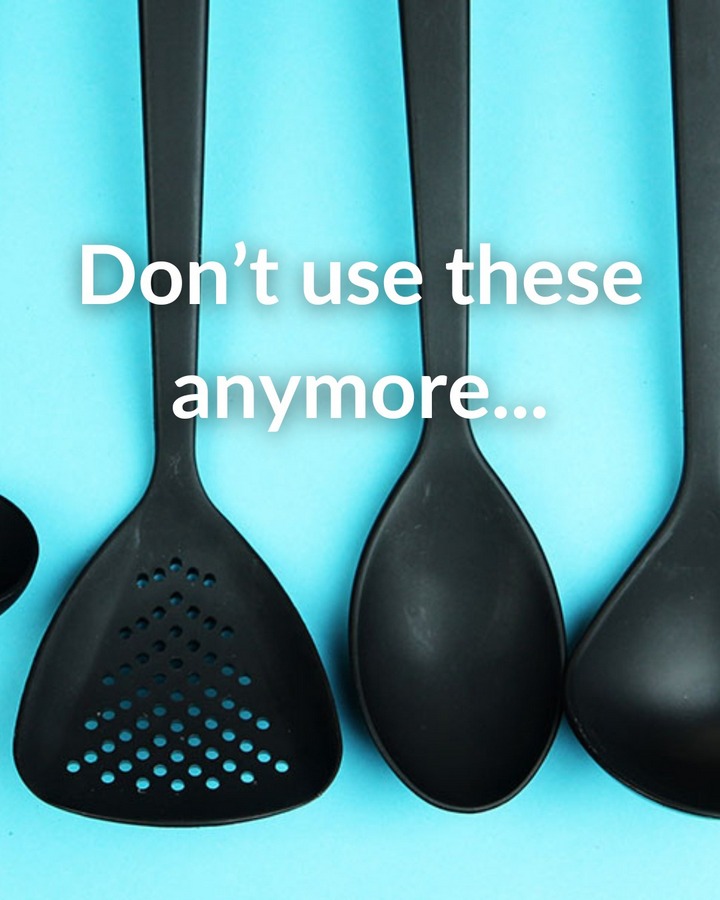ADVERTISEMENT
While black plastic has its drawbacks, there are ways to ensure you’re using it safely in your kitchen and around children.
For Complete Cooking STEPS Please Head On Over To Next Page Or Open button (>) and don’t forget to SHARE with your Facebook friends
1. Check for Safety Certifications
- Always look for products labeled as BPA-free, phthalate-free, and food-safe. These certifications can give you peace of mind that the products are safe for daily use and won’t leach harmful chemicals into your food or beverages.
2. Avoid High Heat Exposure
- If you’re using black plastic kitchen utensils, avoid exposing them to extremely high temperatures. For instance, while a plastic spatula may be fine for stirring, using it in a hot pan for prolonged periods might cause the plastic to break down. Opt for silicone or stainless steel utensils if you frequently cook with high heat.
3. Consider Non-Toxic Alternatives
- If you’re concerned about the safety of black plastic, consider switching to alternatives made from safer materials. Wooden, bamboo, or stainless-steel kitchen tools can be excellent substitutes for plastic utensils and cookware. Similarly, non-toxic, eco-friendly toys made from natural rubber or sustainably sourced materials can be a safer option for children.
4. Proper Recycling
- If you do choose to use black plastic products, make sure to dispose of them properly. Check with your local recycling program to see if they accept black plastic, and make an effort to avoid contributing to landfill waste.
🏠 Final Thoughts: Is Black Plastic Safe?
Black plastic, commonly used in kitchen utensils and toys, offers both practical advantages and potential concerns. While its aesthetic appeal, heat resistance, and affordability make it a popular choice, it’s crucial to stay informed about the possible health risks and environmental impact.
If you’re concerned about the materials you’re using at home, consider switching to safer alternatives whenever possible. Look for products with clear safety certifications and make sure to handle black plastic items with care, especially in high-heat environments. With these precautions in mind, you can continue to enjoy the durability and functionality of black plastic without compromising your health or the planet.
Have you ever considered the potential risks of black plastic in your kitchen or toys? Share your thoughts in the comments below, and let us know if you have any tips for reducing plastic use at home!
